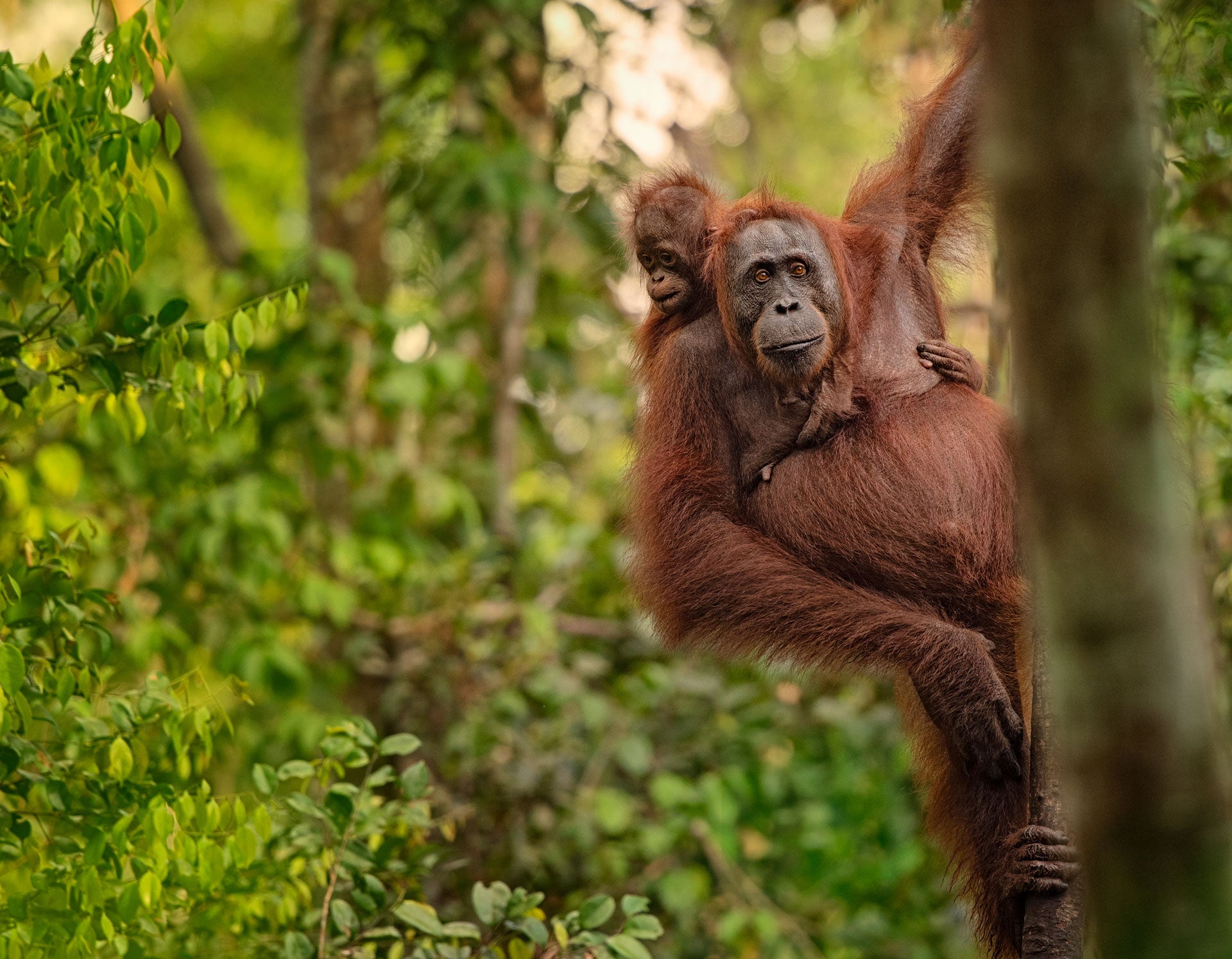
A landmark project is applying technology normally used to discover stars to orangutan conservation, by putting the space tech onto drones to count the numbers of apes in the wild.
Operating in Borneo, the approach uses drones fitted with thermal imaging cameras that are normally used by astronomers to spot stars. These are able to fly above the Bornean forest canopy at any time of the day or night, and identify orangutans from their heat signatures.

Access deeper industry intelligence
Experience unmatched clarity with a single platform that combines unique data, AI, and human expertise.
In initial tests it has proved to be significantly more efficient than traditional approaches to monitoring orangutan numbers, which involve counting the animal’s tree-based nests from the ground.
Over the course of two days, the researchers were able to spot 41 orangutans across 28 flights, which were confirmed by observers in the ground.
Harnessing technology for orangutan conservation
The project is the result of a collaboration between astrophysicists, conservationists and ecologists at Liverpool John Moores University, the World Wide Fund for Nature (WWF) and Hutan Kinabatangan Orangutan Conservation Program (HUTAN).
The focus on counting the apes is important, because having accurate numbers is vital to ongoing orangutan conservation.

US Tariffs are shifting - will you react or anticipate?
Don’t let policy changes catch you off guard. Stay proactive with real-time data and expert analysis.
By GlobalData“All orangutan species are critically endangered and monitoring their numbers is crucial for their conservation,” explained Professor Serge Wich, Liverpool John Moores University’s expert in primate behavioural ecology.
Turning to space to find great apes
While using heat signatures to identify the animals may seem obvious, in reality it is extremely difficult to accurately pinpoint orangutans amongst the dense environment, which is why the use of technology normally applied to stars has proved so effective.
“We tested the technology on orangutans in the dense tropical rainforest of Sabah in Malaysia. In thermal images, animals shine in a similar way to stars and galaxies, so we used techniques from astronomy to detect and distinguish them,” explained Dr Claire Burke, an astro-ecologist at Liverpool John Moores University.
“We were not sure at all whether this would work, but with the thermal-infrared camera we could see the orangutans quite clearly because of their body heat, even during fog or at night.”
The researchers found that the most effective time to perform the drone flyovers was between 7pm and 9am local times, when the heat signatures were more pronounced.
“The biggest difficulties occur when the temperature of the ground is very similar to that of the animal we are trying to detect, so the images from morning or evening flights are more reliable,” added Burke.
“Absolute surface temperatures cannot be used to differentiate species as animal body temperatures change with that of their environment.”
Beyond orangutan conservation
While the project, which will be presented at the Unifying Tropical Ecology conference today, focused on the technology’s potential for orangutan conservation, it could prove highly effective for other endangered species.
The researchers also were able to identify a group of proboscis monkeys during the trial, which they could differentiate due to their size difference with orangutans, as well as a number of pygmy elephants.
“In the future, we hope to be able to track, distinguish and monitor large numbers of different species of animals in real time, all around the globe, so that this technology can be used to make a real impact on conservation and stop poaching before it happens”,” said Burke.
Read more: $100bn in sunken treasure going on the blockchain as marine archaeology gets tokenised







